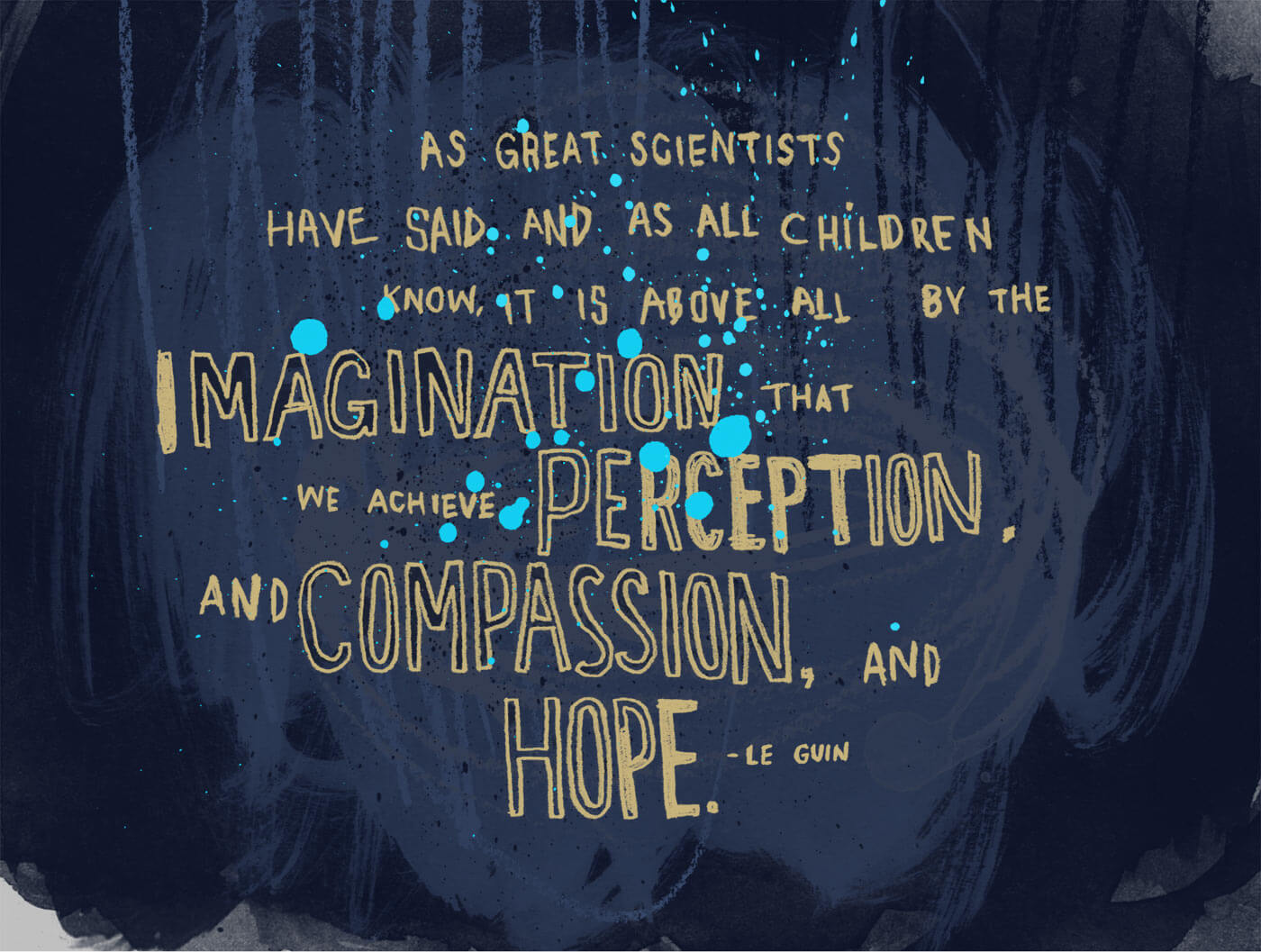I was recently asked in an interview if I felt that my previous company was "Design-centric." Without a moment's hesitation, I answered "Not at all," which wasn't a knock against the company. In fact, …
There were quite a few releases that caught my attention this year. Whereas last year I wasn't able to put together 10 albums that I loved, this year I really had to make some …
It's been a long winter. I've had some personal stuff going on, and life has been pretty full with things that aren't necessarily writing. As a result, I've let the posts slip on this …
(I had this saved to my drafts folder, but never actually published it. Here it is, better way late than never. I've got another post queued up for February links that I'll post later …
Life definitely caught up with me this year. I spent very little time with headphones on, but I was super busy with work and raising a child. As a result I missed a lot …
Quite the collection of design-related goodness this week. Everything from a site that just looks great to a talk that undermines some of the things that we hold so dear. Let's kick it off …
July flew right by so I decided to skip over it and pick things back up in August. Most people have been on vacation, so I figure it'll go unnoticed anyway. An Open Redesign …
My monthly round-up of interesting design that I've come across in the past month. If you missed the May post, it's right here. Prospectus Typeface Last month, the Lost Type Co-op released a really …
I thought I'd try a series collecting some things that I found interesting in the previous month. They might be design, art, articles, words…whatever causes me to pause and dig deeper. Robert Dawson's Library …
I've been thinking about the death of Ursula K. Le Guin and her affect on me. I discovered her books—specifically The Wizard of Earthsea—at a relatively young age. What age exactly I don’t quite …
